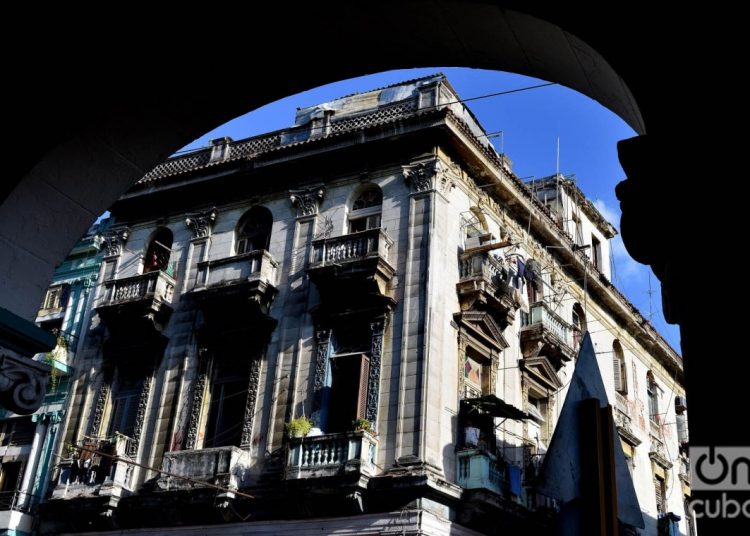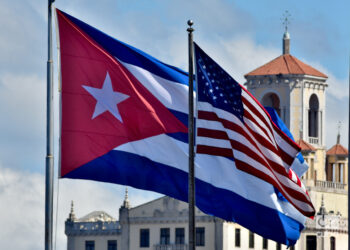I
At first it was a path linked to sugar production, the great change that brought the plantation economy to the island. According to Lo que fuimos y lo que somos o La Habana antigua y moderna (1857) by José M. de la Torre:
It was first called the Camino de San Antonio, for the San Antonio el Chiquito sugar mill, which belonged to Alderman Don Blas de Pedroso; it still existed at the time of the English invasion, and it also had a beautiful masonry hermitage and portal, being the main exit road from the city to the countryside, until 1735, when a bridge was built on the Calzada del Monte…. It started at Calle Real [Calle de la Muralla], crossed the Campo de Marte, and in a tortuous line it continued to the aforementioned San Antonio sugar mill.
Then it took the name of another saint. Since then, the Jesuits and a corrosive vision of the elderly, gossiping and politicians had premonitorily appeared.
It was given the name of San Luis Gonzaga, for the hermitage dedicated to that saint (erected in 1751 and destroyed in 1835), which was on the corner of the Orphanage. In 1735 it was repaired and it seems that at the expense of the Jesuit fathers, who stayed around San Antonio Chiquito, stone sidewalks were added…and there was already the house of Carmona’s residence (destroyed in 1849), and on the corner of Aguila Street was the Mentidero, a semicircle of seats where the elderly and old politicians gathered. In house number 73 (between Campanario Viejo and Lealtad), Vicente Garcini had a sugar mill (directed by the black Esteban Estrada), where he sold sugarcane molasses from his estate Retiro (known today by Garcini).

But in 1844, at last, it was given another name when “the street was beautified, building the current wide sidewalks and planting trees along the road, giving it the name of Reina [Queen] Street. In 1835 the Military Road or Paseo de Tacón was created, as a continuation of this street, at whose end and where the new Botanical Garden started being created, the Captains General’s pleasure house was built” [today the Quinta de los Molinos].
In 1918 it was baptized as Bolívar Avenue, in an attempt to banish the heritage of Spanish colonialism even in street names. They called Obispo Street, Pi y Margal; Empedrado, General Rivas; Amargura, Marta Abreu; Zulueta, Ignacio Agramonte; and Avenida del Puerto, Carlos Manuel de Céspedes. But in that everlasting drive between tradition and change, a name would endure: Reina.
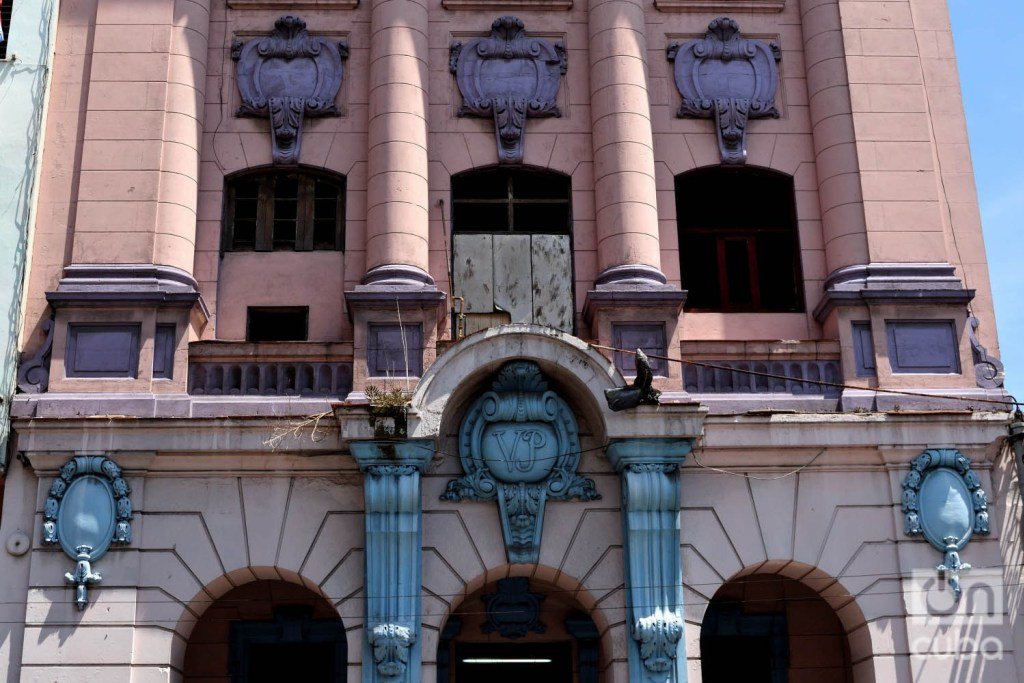
II
On Amistad between Reina and Estrella stands the Aldama mansion, perhaps the most neoclassical of the 19th century buildings and the venue for the activities of the Havana aristocracy, especially the gatherings of Domingo del Monte, where the Cuban was expounded based on Siboneyes and romances about slaves.
One night in January 1869, Del Monte was assaulted by Spanish volunteers. A poet evoked in exile from New York the events in a nearby theater: “few were left unharmed / by the Spanish saber / the street at sunrise / was a trail of brains.”
Another Cuban, Antonio Bachiller y Morales (1812-1889), had to emigrate with his family to the United States after the events of the Villanueva Theater and the Café del Louvre, all because the colonial authorities were suspicious of him. There on Reina stands the house of he who has been called “the patriarch of Cuban letters,” today undergoing restorative work.

When he died, Martí called him a “Cuban gentleman, passionate American, exemplary chronicler, expert philologist, famous archaeologist, assiduous philosopher, kind teacher, fair lawyer, diligent writer and the pride of Cuba.”
III
At the beginning of the 20th century the city’s architectural-urban development was on the rise. A study says that in Havana today…
constructions are observed that reflect the most varied styles, a coexistence in which the harmonic bliss of our architecture overflows, intimate paths through which our architectural heritage traveled, living examples that are observed in buildings that collect the most delicate traces of neoclassicism, art nouveau, art deco, eclecticism, even those framed within the modern movement, an expression of Cuban identity and the ethnic conformation of our identity, expressed in architecture. The emergence of this architecture was born with an objective: it was Cuba’s entry into modernity, based on the most absolute rejection of everything that was Spanish as a symbol of backwardness and underdevelopment.
In 1907 the mansion of the Association of Commerce Salespersons was built, designed by Arturo Amigó. And also the building of the National Bank of Cuba, by José Toraya. The following year the Hotel Sevilla and the Hotel Plaza were built, both by José Mata. The Prado was taking off.
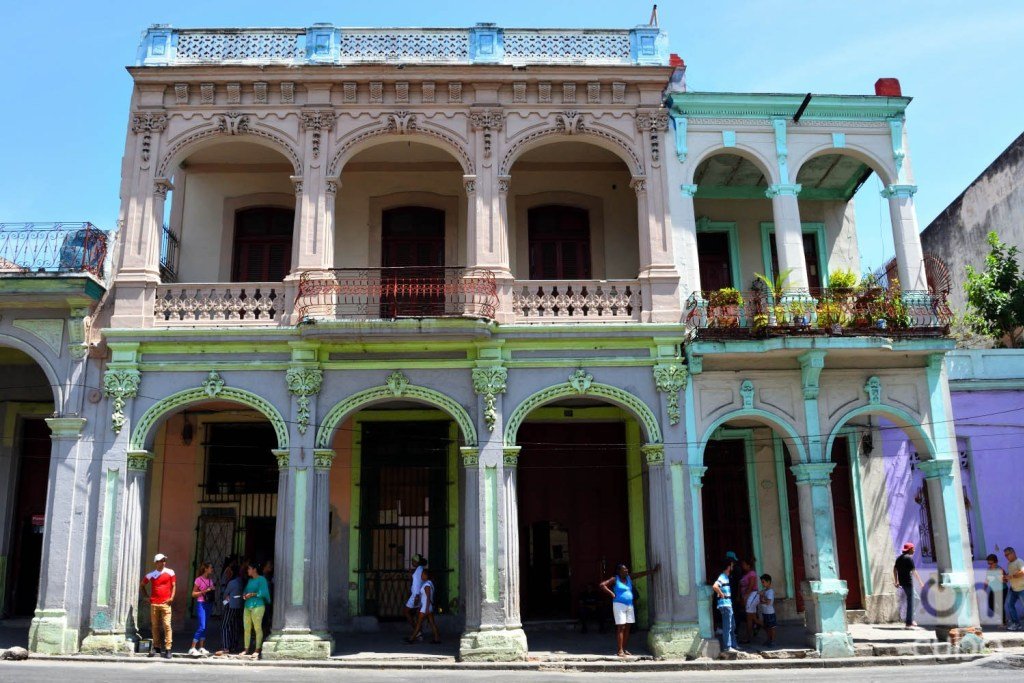
But not only the Prado. Under the government of José Miguel Gómez (1909-1913), the Lonja del Comercio (1909) was built, by Tomás Mur and José Mata, in the Plaza de San Francisco, there was an exchange of the Arsenal land for the old Estación de Villanueva and the Train Terminal was built (1912), by U.S. architect Kenneth Murchison. The Aula Magna of the University also started being built, there on Aróstegui hill, and the Institute of Havana, completed in 1924.
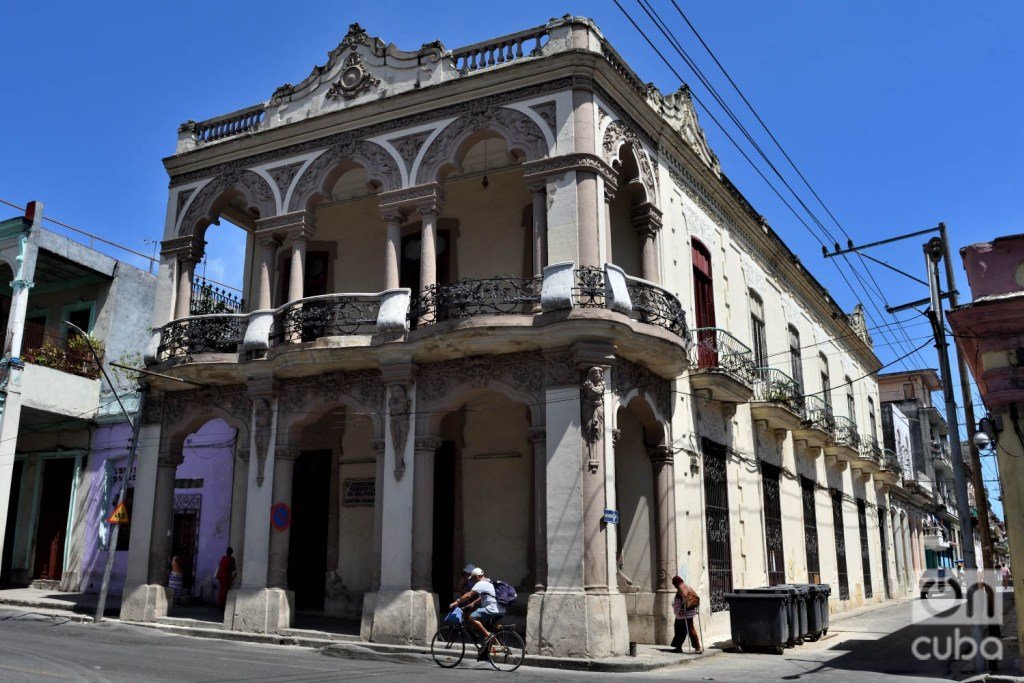
In 1908, one of the jewels of art nouveau in Cuba entered the panorama, following that modernity trend that was wanted when the Republic started: the Casa Crusellas, on the corner of Reina and Lealtad. A rich Catalonian producer of perfume and soaps, established on the island with his brother in the late 1860s, put his mark on a mansion of superb elegance, with its meandering lines and the sense of dynamism and movement that characterizes art nouveau and the baroque spirit. And El Cetro de Oro (1901) and Cueto mansion (1906) followed suit.
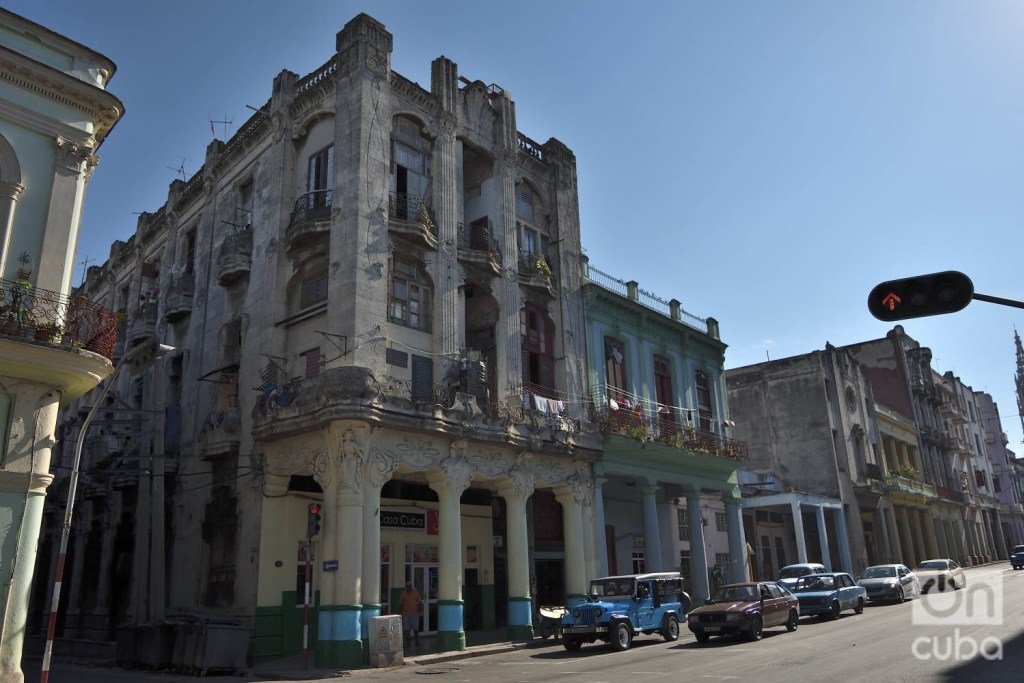
Six years later, in 1914, the Jesuits would reach heaven. On Reina between Gervasio and Belascoaín they built a monumental work: the parish church of the Sacred Heart of Jesus and Saint Ignatius, a mark of the neo-Gothic in a city that, for obvious reasons, had never passed through the cathedrals of Amiens, Aachen, Lisbon or Frankfurt. They then included in the visual panorama, pointed arches, ogive vaults and other elements of that style to give Reina the peculiarity of the unrepeatable.
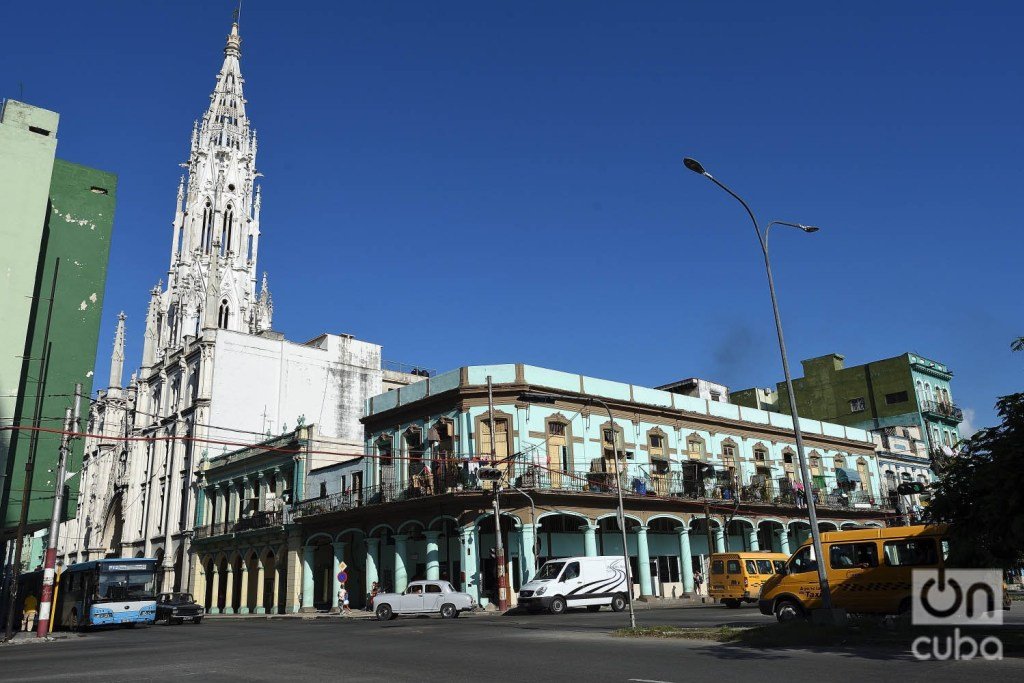
The church was especially known for its 50-meter tower, the highest of all―as if reminding Havanans of the greatness of God―, a major altar imported from the Spanish capital with the image of the Sacred Heart and stained-glass windows with legends. There was also a spot for the autochthonous by placing on one of the altars the image of Our Lady of Charity (Cachita), Cuba’s patron saint.

IV
In the late 1920s and early 1930s there was a change of direction. “Havana, our capital today, has evolved with extraordinary speed and intensity, after a long time in which its urban energies have remained inactive. From a peaceful, somewhat Spanish-style city, idly lying on the shore of a blue sea like those of all the legends, in a rather short period it has become an avant-garde city, surprisingly active, with an incipient cosmopolitan character that it will enhance every year,” wrote Alejo Carpentier.
The Bacardí Building (1930), the Hotel Nacional (1930) and then the López Serrano Building, by Ricardo Mira (1932) ―the latter inspired by the Rockefeller Center in New York―, embody the new style, the art deco, the same of the Massa-girls of the magazine Social, and which refers to the influence between the Cuban architects of the rationalism of Ludwig Mies van der Rohe (1887-1969) and the Chicago School.
On Reina the art deco did not seek to reach the clouds, but it was concretized mainly in some stores and a movie theater, both correspondingly marked by the straight line and the sense of the vertical.

In 1938, Asturian César Rodríguez González founded the Almacenes Ultra S.A., a store to sell fabrics, clothes and toys. He did it from the firm González Hermanos y Compañía, of Sagua la Grande, dedicated to the trade of fabrics since 1915. He was able to open branches in places as dissimilar as Cárdenas, Matanzas, Perico, Jovellanos, Sagua la Grande, Sancti Spíritus, Mayajigua, Ciego de Ávila, Nuevitas, Camagüey, Las Tunas, Bayamo, Palma Soriano and Guantánamo. It was undoubtedly one of the benchmarks for purchases. Like the Casa de los Tres Kilos (now called Yurumí) on Reina and Belascoaín. With hardware and footwear stores, coffee shops and commercial establishments that gave the street an entirely new life. And even with a Casa de los Trucos, for jokes and laughs.
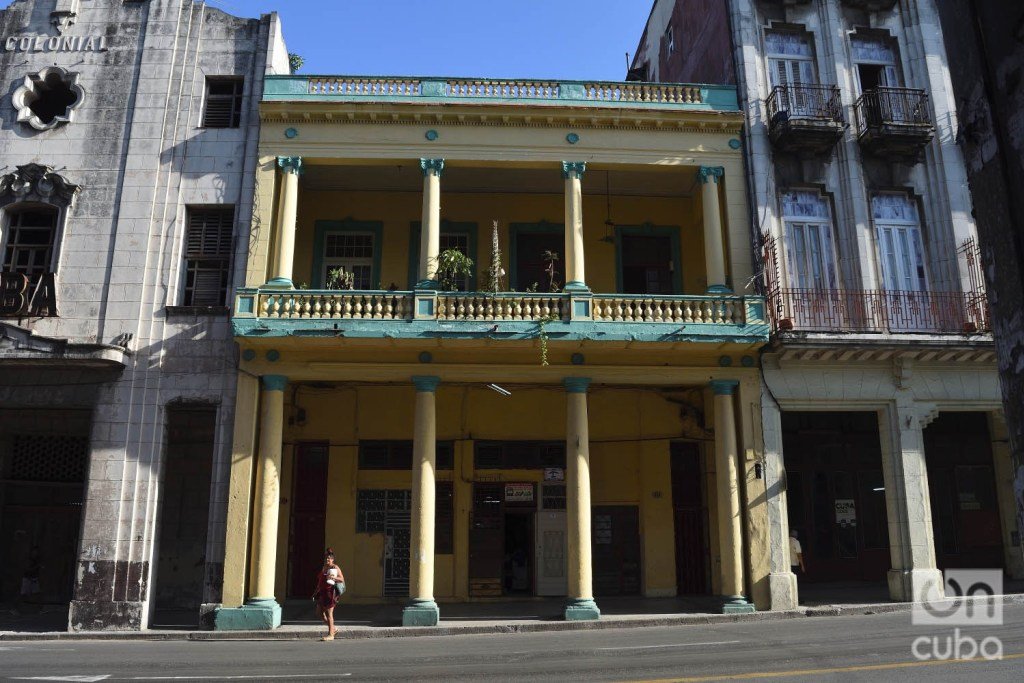

Movie theaters were favored by art deco. In 1930 one was built that came to join the one called Cuba, there on Reina between Lealtad and Campanario. It was named like the street: Reina. It had capacity for 1,570 spectators, breaking the Maxim’s record, which seated 1,500 people. It thus joined an impressive list of cinemas, which had its peak between 1915 and 1920 in the Prado area and its surroundings: Maxim (Prado and Virtudes), Galatea (Prado and San José), Prado (Prado and Trocadero), the Miramar Garden (Prado and Malecón), the Royal (Prado between Animas and Virtudes), among many others.
Today the vast majority of Havana cinemas are dust in the wind.
The ones on Reina are no exceptions to the rule.

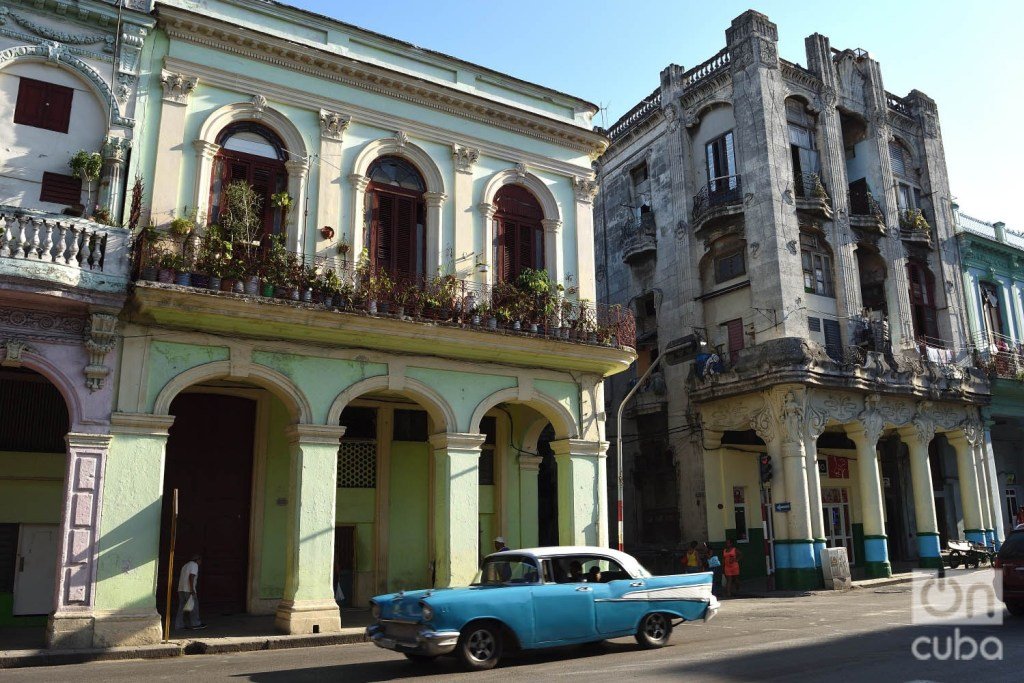
V
Art deco laid the foundations for the modern movement. According to an expert, it was “Cuban architects’ letter of presentation to the world,” recognized by the Truslow Report (1951), written by a group of U.S. experts under the wing of the International Bank for Reconstruction and Development (IBRD) in order to evaluate and propose solutions to the problems of the Cuban economy. There it is said verbatim: “The people of Cuba are intelligent, skillful and quick to absorb modern knowledge. Its businessmen are astute and capable, its doctors and surgeons are among the best in the world, its architects are bold and imaginative.”
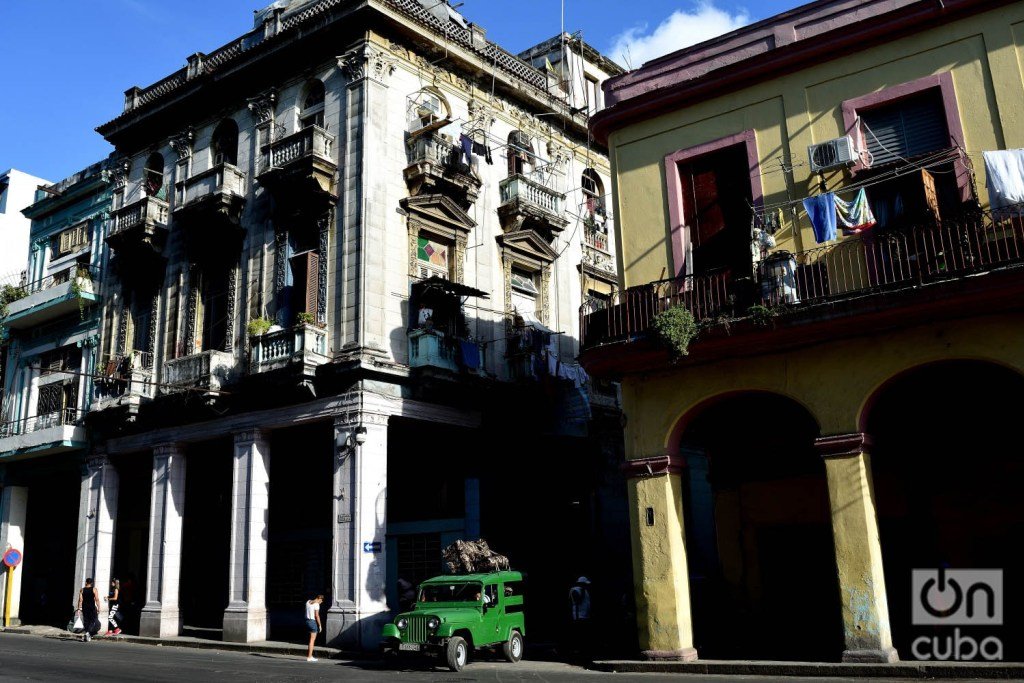
That was exactly modernism: boldness and imagination displayed over a city in full expansion and development. The work, in fact, of professionals whose names did honor to Cuban architecture. They left the Focsa building (Ernesto Gómez Samper and Martín Domínguez, 1956), the Hotel Capri (José Canaves, 1957); the Habana Riviera (Igor B. Polevitzky, Johnson & Associates with the architects Manuel Carrerá Machado and Miguel Gastón Montalvo, 1957), the Retiro Médico (Quintana, Beale, Rubio and Pérez Beato, 1958); and the Habana Hilton (run-on of Welton Becket Associates with the firm Arroyo y Menéndez, 1958). A monumental work unparalleled in Latin America at the time, inaugurated by Conrad Hilton himself. He wrote: “We consider these hotels a challenge, not for the people who welcomed us so kindly in their country, but for the lifestyle advocated by communist thinking.”
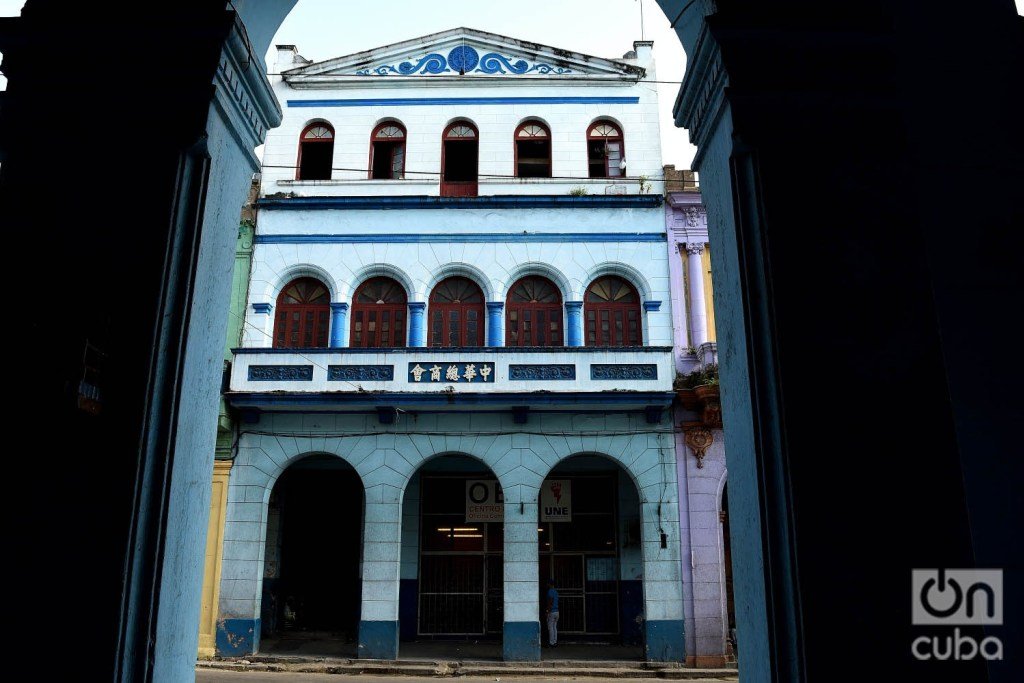
Also houses like José Noval Cueto’s (1949), designed by Bosch and Romañach, in the Country Club; that of Max Borges Recio (1950) and that of Rufino del Valle (1957), by Mario Romañach. In Alfred Schulthess’ Country Club home there is a masterpiece by Austrian-U.S. architect Richard Neutra, on which Brazilian Roberto Bule Marx and Cuban Raúl Álvarez worked.
Last but not least, the Arcos de Cristal Salon, by Max Borges Recio. One of the classic structures of modern architecture in Cuba and a Gold Medal winner of the National College of Architects (1953).
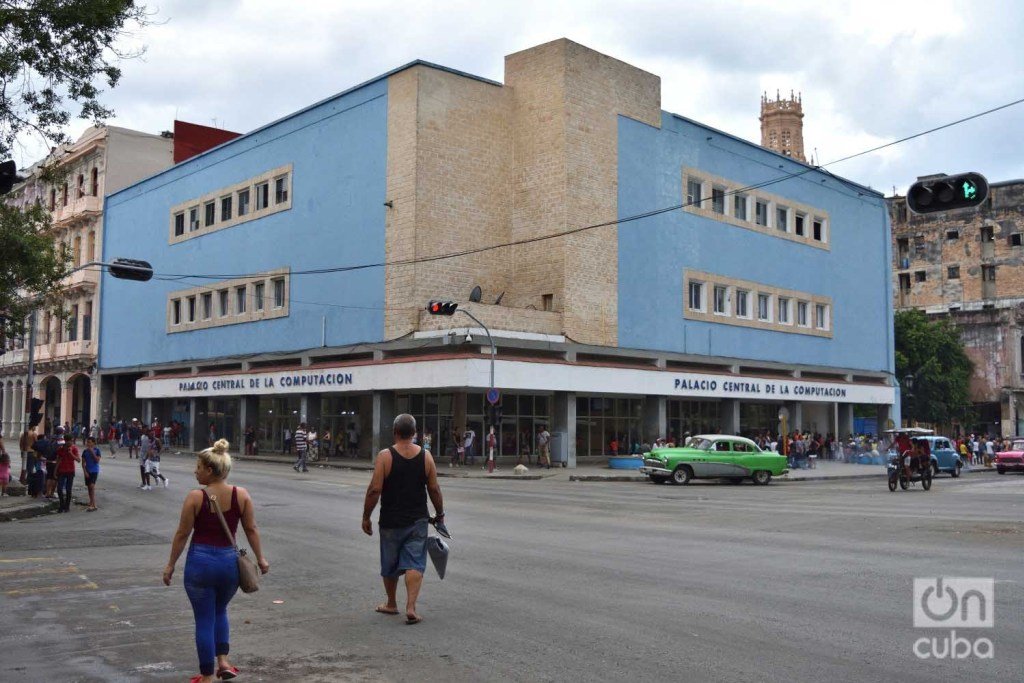
“Looking at shop windows is the favorite pastime of the typical American,” architect Morris Lapidus (1902-2001) once said, a practice acquired by Cubans as if in a process of osmosis. Built in front of the Aldama mansion, a new modernist facility, Sears, would come to round off what Flogar, Fin de Siglo and La Época had been doing, but with refrigerators, stoves, washing machines, fans and other appliances.
In 1942 the company had opened in Havana its first store outside the United States. They withdrew during World War II, only to retake the idea in the 1950s. That’s why, and because of the commercials, the refrigerator could be included in popular culture as a synonym for comfort and modernity, even beyond the family economy. “I bought a refrigerator behind your father’s back. He won’t be able to say no to me,” says Lala Fundora, the wife of Anselmo Prieto, in Contigo pan y cebolla (1962), a play by Héctor Quintero.
They lived near Reina.

